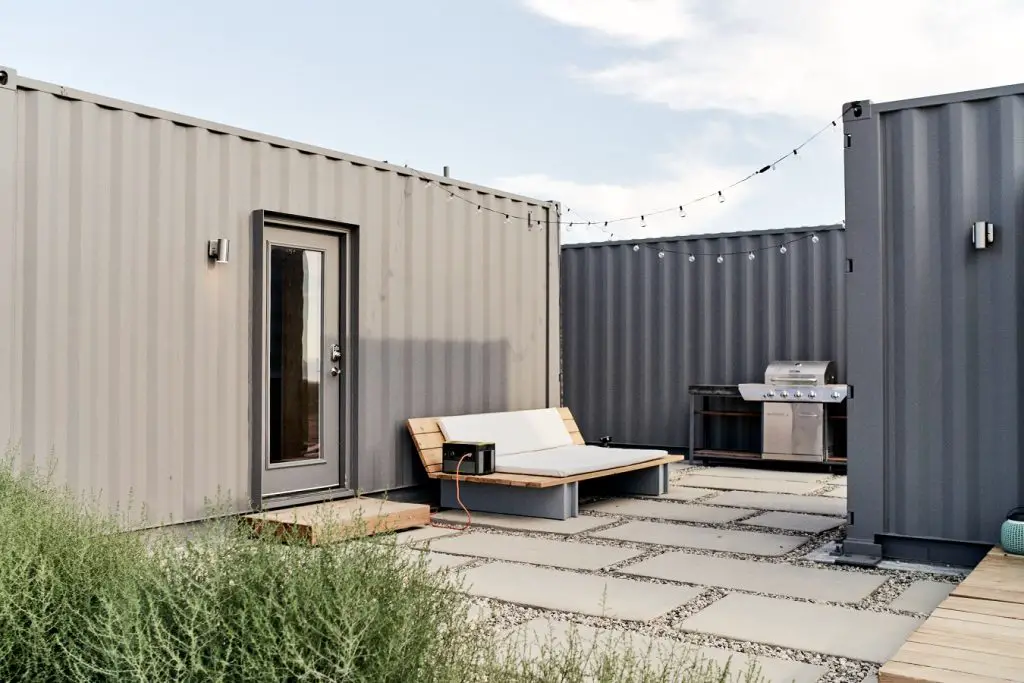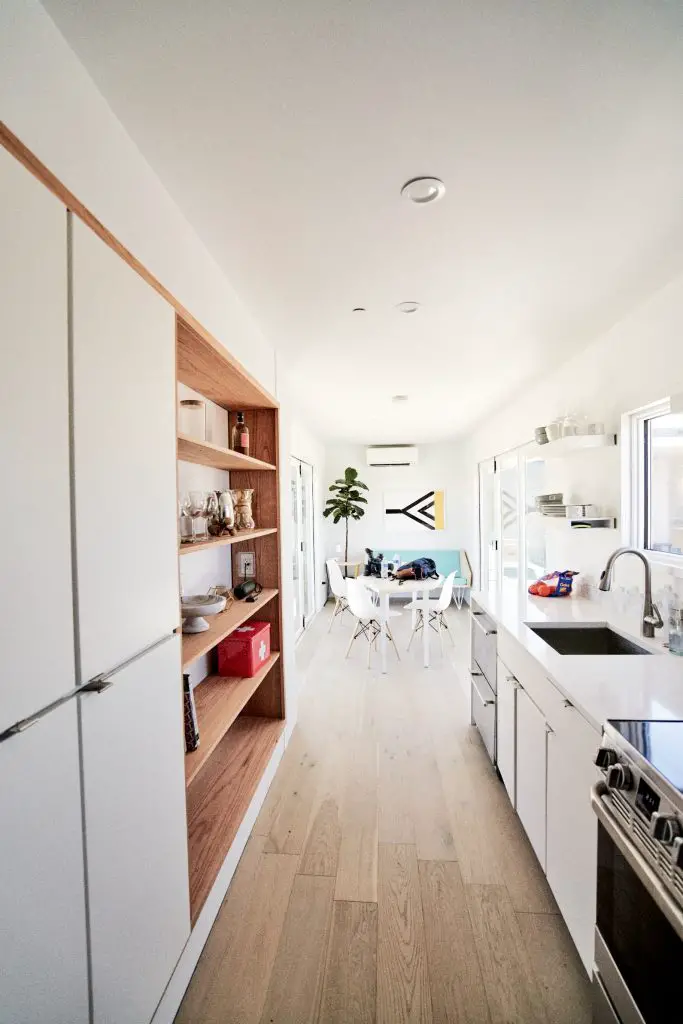Shipping containers have been a developing pattern the previous couple of years, utilized in everything from urban ranches to off-the-matrix excursions and across the board pools. As a possibly eco-accommodating option in contrast to customary materials, proprietors love the retrofitted structures for their mechanical style, solidness, and versatility.
In any case, upfitting a surplus container into a decent home takes a great deal of work. Simply ask Ben Uyeda, the organizer of HomeMade Modern, an inventive organization established in 2013 that appropriates free instructional structure content over the web. As a feature of Uyeda’s most recent undertaking, the prepared planner and originator set out to construct a shipping container house in California close to Joshua Tree National Park.
With designs to both live in the house and lease it out on Airbnb, Uyeda has reported the structure procedure on his site, The Modern Home Project. From purchasing the land to getting building grants, choosing materials, and completing the home, the site gives information on the stuff to fabricate a shipping container house through and through.
The Joshua Tree configuration utilizes three shipping containers altogether. One is utilized for living space, one for work space, and a littler unit works as a visitor lodge. Uyeda needed to open up the square shaped shipping containers to get a progressively vaporous feel, however he realized that the hot desert atmosphere would make such a large number of windows wasteful.
Rather, he structured the home with bi-collapsing glass entryways straightforwardly inverse one another, boosting the outside space while having negligible openings in the containers. Cedar decks and solid pavers give the finishing a smooth vibe, and the inside of the home proceeds with the look with whites, woods, and open racking.
Uyeda wasn’t integrated with the matrix so power wasn’t an alternative during the 20-week development period. Joining forces with Goal Zero, he utilized Boulder sunlight based boards and a Yeti power station to keep his battery-worked power instruments charged. When development was finished, Uyeda introduced a Home Integration Kit, a Yeti 3000, and a Yeti Tank Expansion Battery as a vitality stockpiling framework that gives reinforcement capacity to the house if there should arise an occurrence of a blackout.
Inspired by additional? Look at the photographs underneath and don’t miss Uyeda’s prominent DIY You Tube channel.






Be First to Comment